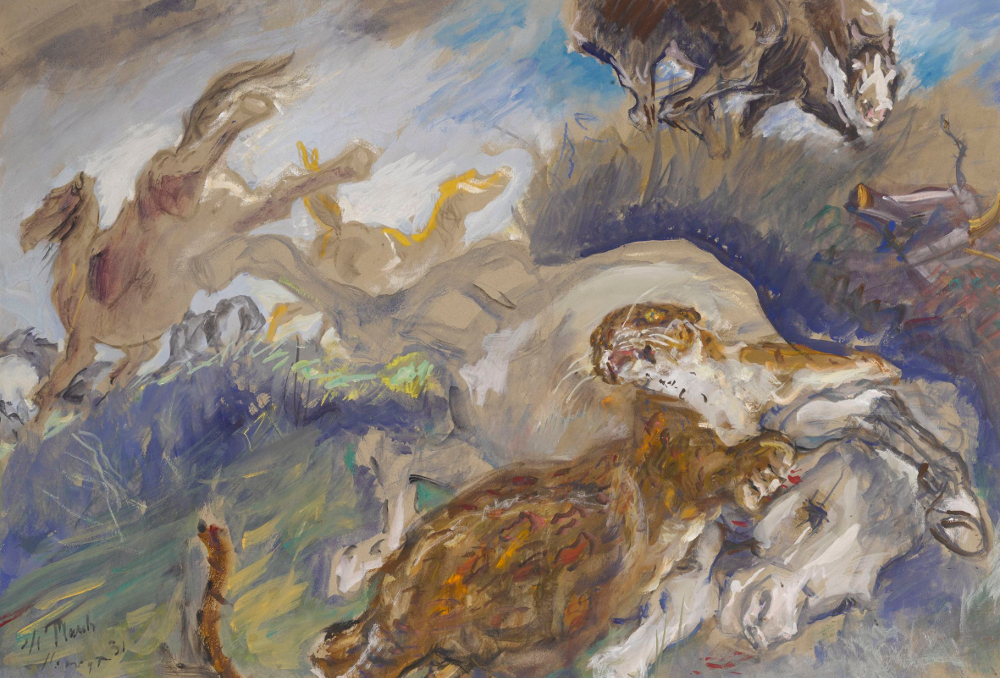
A tribute to the anti-Nazi 1938 London exhibition Twentieth Century German Art in response to Hitler’s denigration and ensuing censorship of avant-garde and Jewish “degenerate” art from German museums, the Liebermann Villa’s exhibition shows some of the over 300 works originally on display with informative panels narrating the back stories of the emigrated artists and collectors who lent the individual pieces to London’s New Burlington Galeries. These biographies (all in German, make sure to ask for the leaflet with English translations) are fascinating, but for all the show’s historic significance, the actual artwork is slightly underwhelming both in scope and quality. Many of the only 30 pieces on show are either minor gems by famous artists of the time or pulled from the Villa’s own collection, i.e by Jewish impressionist Max Liebermann (strangely enough Liebermann’s Einstein portrait only hangs as a cheap copy!). Expect a small but pretty fauvist landscape by Ernst Ludwig Kirchner, a few impressive portraits by Paula Modersohn-Becker, Emil Nolde’s “Irises”, Max Pechstein’s “Red Horses”, a Wassily Kandinsky, or Erich Heckel’s “Bathers” in a crowded exiguous space. Nothing to call home about, at least for well-versed museum-goers. It’s still worth the trip to Wannsee and the Villa’s beautiful garden and café (also make a stop to listen to the heartbreaking story of Marta Liebermann and the villa after the Nazis took possession of it until it was finally acquired by the Max Liebermann Society and turned into a museum in 2006). Just avoid peak hours, as only 50 people are allowed in at a time, causing long queues despite pre-booked slots.
Subscribe to our weekly Newsletter

NEWSLETTER
Leave this field empty if you’re human:
Through Jan 14